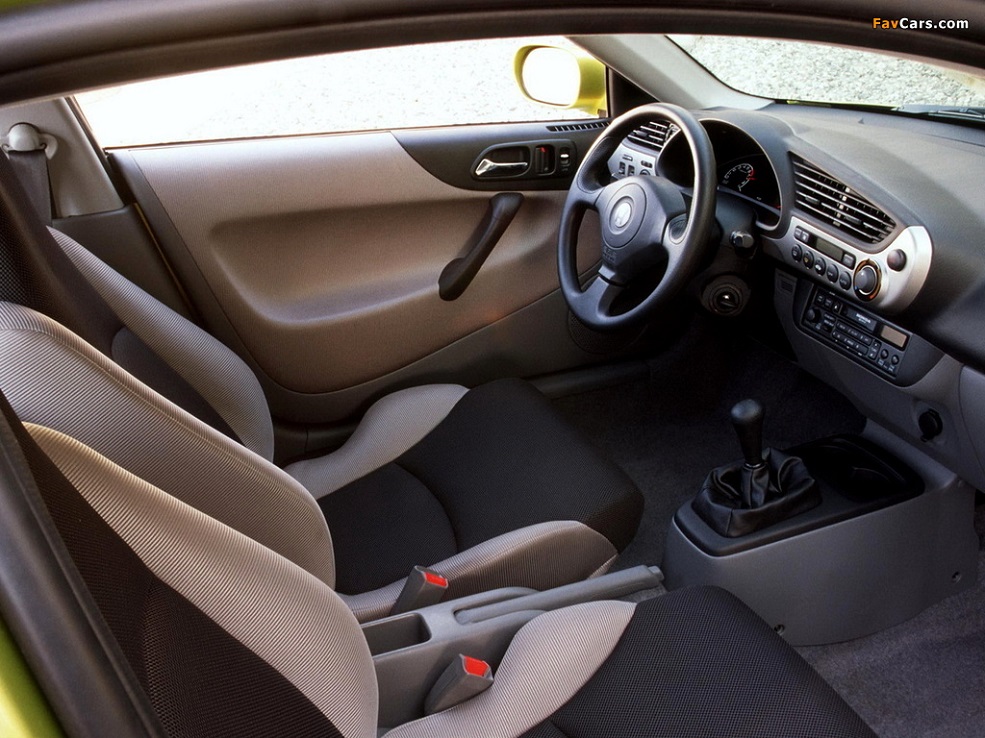While Honda went in one direction, General Motors went in an entirely different one. We take a 1999 retrospective.
Automotive engineering had come a long way by the end of the 1990s, and that final decade seemed to have brought with it a series of innovations, features, solutions to market at a faster pace than ever before. Times were good for car makers; the dot com boom had made America rich and sustained Japan’s electronics market, and creative car finance was making it so much easier for that money to be spent. Car shows were alight with spectacular presentations, and despite the 1997 Asian financial crisis, Honda was still ready to make an impact at the 1999 Frankfurt Motor Show – with its production-ready Insight.
After all the hiccups of electric car projects that had preceded, the Insight seemed to be the first fully viable car to bring electric power to the driving masses. The headlines: it would exceed 60mpg, the hybrid system didn’t require manual recharging, and it would be affordable. Honda saw it as rewriting the automotive book, and even sent 4000 of the annual 8000 units to the gas-loving US; there it would sell for $20,000 and try to push the compact car foothold.

It was a seriously clever piece of design. Underneath the Insight’s bright bodywork there was an aluminium monocoque with extrusion reinforcements in strategic locations. It meant that while weighing only 838kg (891 with the later CVT gearbox and air-conditioning), it still managed to have a torsional rigidity greater than that of the contemporary, heavier Honda Civic. Its 67bhp, 66lb-ft three-cylinder petrol engine and 13bhp, 36lb-ft electric motor combined to provide healthy performance in its compact-car class, officially 10.6 seconds to 60mph, but the Insight’s best performance was from driving gently.
This performance was in economy. Fuel consumption could be chased down to staggeringly low levels, with figures of 80, 90, even 100mpg possible. Save 2-3mpg without air-conditioning, utilise the lean-burn cycle on manual models, and simply drive smoothly, softly enough to let the low-friction engine internals and Integrated Motor Assist – including start-stop – do their thing.
Problem was that most people didn’t drive them like this, and nor did they appreciate the cramped cabin with recycled seats. The cold hard facts for the brilliant Insight was that 90% of its abilities were achievable with less radical design – the Audi A2, also released in 1999, had the same 0.25 coefficient of drag for example. In the crucial North American market, they didn’t even seem to care about mpg anyway. Too many people were buying SUVs.
General Motors knew this. In fact, it was the consensus across almost every manufacturer; Ford’s massively successful range, Mercedes-Benz’s new ML, even Honda with their relatively modest CR-V. But in 1999, GM planned to take things to the next level; it bought the rights for the Hummer name and distribution from AM General. So began the H2 project, a somehow premium product based on the GMT820 platform that underpinned the similarly sized Chevrolet Tahoe and GMC Yukon, although also using substantial chassis sections from the full-size Suburban SUV and heavy-duty Silverado pickup. The 6.0 V8, later 6.3, was the high-output Vortec unit used in the Cadillac Escalade, understandably required to move the 2,903kg H2. Even once rolling, its 0.57 drag coefficient continued the conspiracy against performance. The body seems uncompromisingly Hummer, but in fact incorporates slightly curved glass to rid the cabin of the glare that plagues the H1.

The inherently strong but rather old-fashioned chassis was suspended by progressive rate coil springs and high-pressure gas monotube shock absorbers. GM actually managed to provide the H2 reasonable ride and handling, in some twisted engineering game of extreme damage control. It wasn’t fast, in fact about on par with the Insight while only offering 10mpg. But the point was that it cost half as much as the H1 and was a relatively easy car to own. Its seats were definitely not recycled.
While the H2 would prove to be a step too far and, particularly in the wake of the 2007 financial crisis, plainly decadent, it was a useful exercise for General Motors. It took back the market initiative from Ford after its Lincoln Navigator, and was only one of a range that was testing waters – the Cadillac EXT another example. The Insight, on the other hand, would take second stage to the less radical Toyota Prius, and its concept hardly seen again except for the similarly niche CR-Z. But, just as for GM, Honda has a reputation for taking risks and bringing us products that wow us – just for very different reasons.




